I found myself in a situation in which I had to debug a high-performance open source portable DDR Core. I needed to capture a lot of data to see as many events as possible. There weren’t just a few signals, but more than sixteen to understand what was happening. That is how ScopeIO was born.
Check the video description to download the files.
Its goals were:
- Small footprint to embed it.
- Portability.
- VGA to display data.
- Block RAM requirement only.
- UDP to communicate with the computer.
Small footprint to embed it
ADSL, DVB-T, ISDB-T, LTE, WiFi and others are OFDM signals. In those cases, a self-correlation function should be calculated to know when packets start or end. That is not difficult to do. However, if the measurement instrument lacks a self-correlation function it is not possible to trigger the signal at its boundaries. One can see that it is important that ScopeIO be as small as possible to embed it in the design to be debugged.
The table below shows the resources used by both implementations that are on the youtube channel.
Kit | Channels | Samples per Channel | Video Resolution | FPGA Slices | Block Rams |
9 | 6400 | 1920x1080 | 1791(8.5%) | 23.5(47%) | |
2 | 960 | 800x600 | 710(2%) | 17(20%) |
VGA to display data
VGA is a well known video standard that is easy to implement, and it is pretty much available on every monitor. Many monitors that have a DVI port are easy to connect to a VGA port too through a mechanical adapter. A VGA port needs a minimum of GND, VSYNC, HSYNC and RGB pins. Four wires are more than enough if you don’t mind a monochrome image, or six to have eight colors. But if you have video dacs in the development kit, ScopeIO can display as many colors as there are available.
Block RAM requirement only
FPGAs have embedded memory blocks that are fast and easy to use but they are small compared to dynamic ram. As much as possible, the memory is used to capture the signal data to display. The memory is not used for video.
UDP to send data to the computer.
Commands to control ScopeIO are sent by UDP/IP. The commands are detected every time a packet with the corresponding MAC address : “00:00:00:01:02:03” - not much imagination there - is received. A configuration in the PC is required as described in the video. A simple JavaScript Application controls everything else. Node,js and Nw.js are required to run it.
Portability
Portability is also one of the main goals. While videos on the channels are for Xilinx’s FPGA kits: Artix-7 35T Arty FPGA Evaluation Kit and Spartan 3E Starter kit board, ScopeIO is easy to port to other manufactures' devices and kit boards. You can find a porting to Latticesemi ECP3Versa, kit to which I have access.
 Miguel Angel
Miguel Angel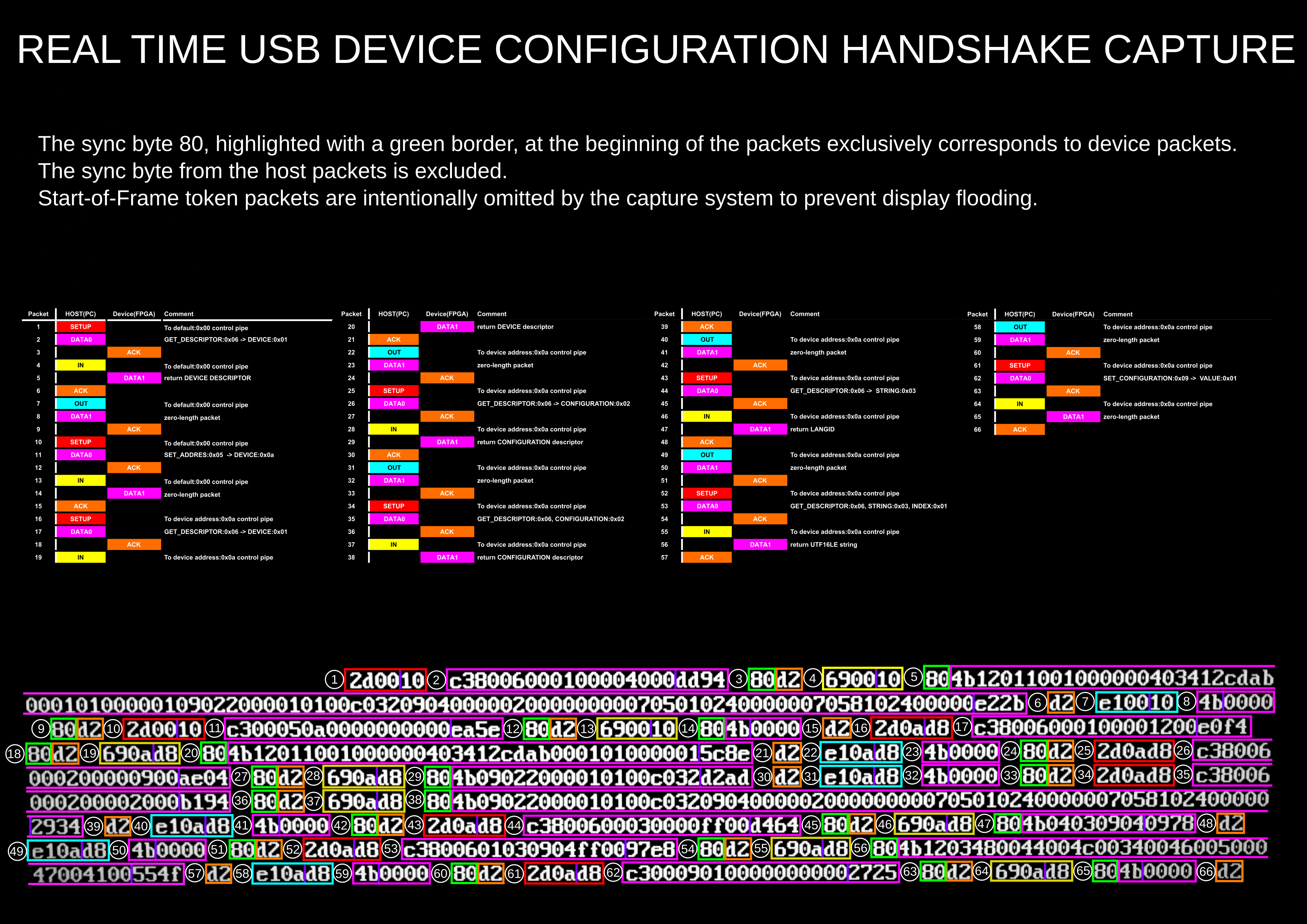
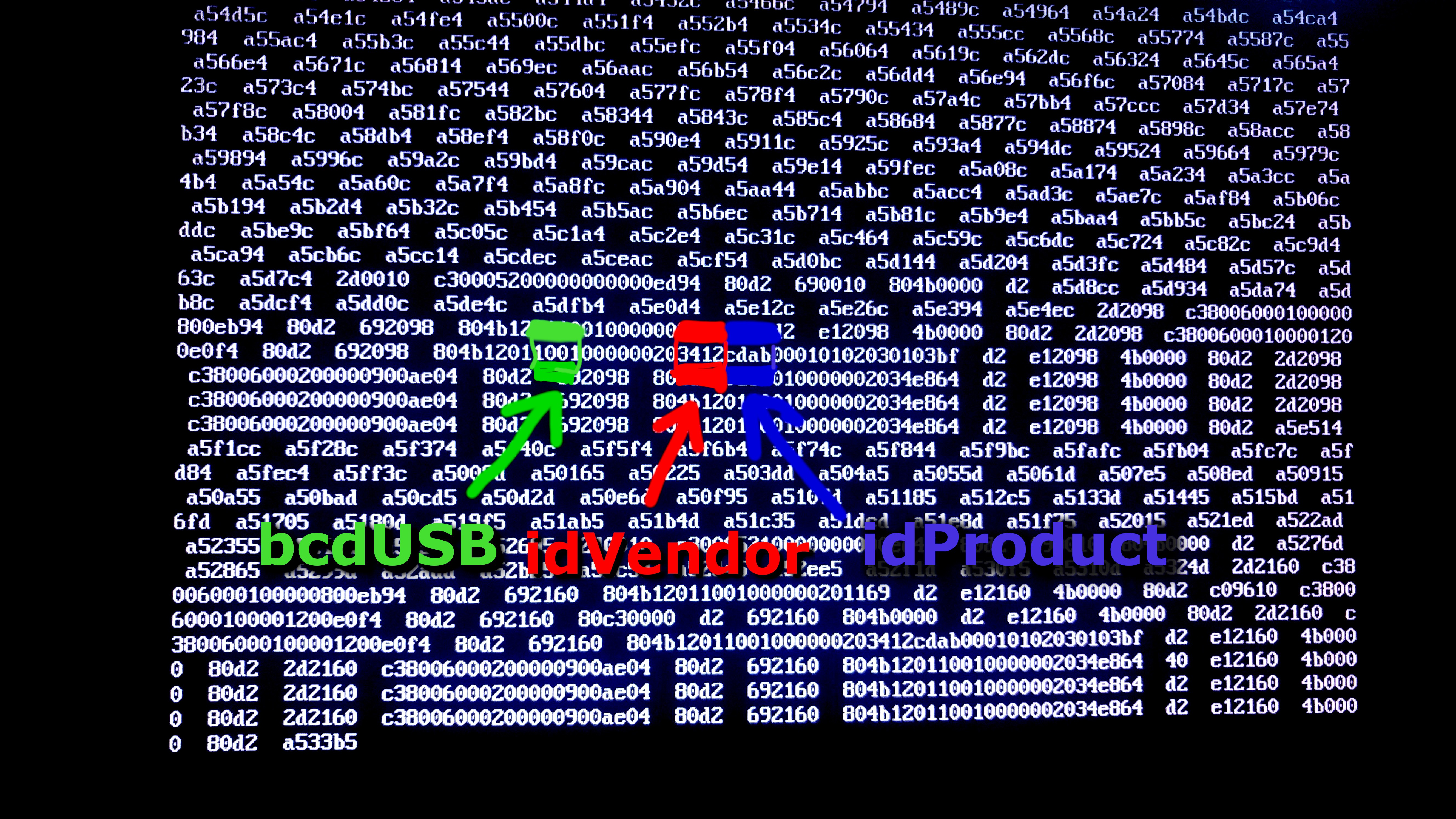
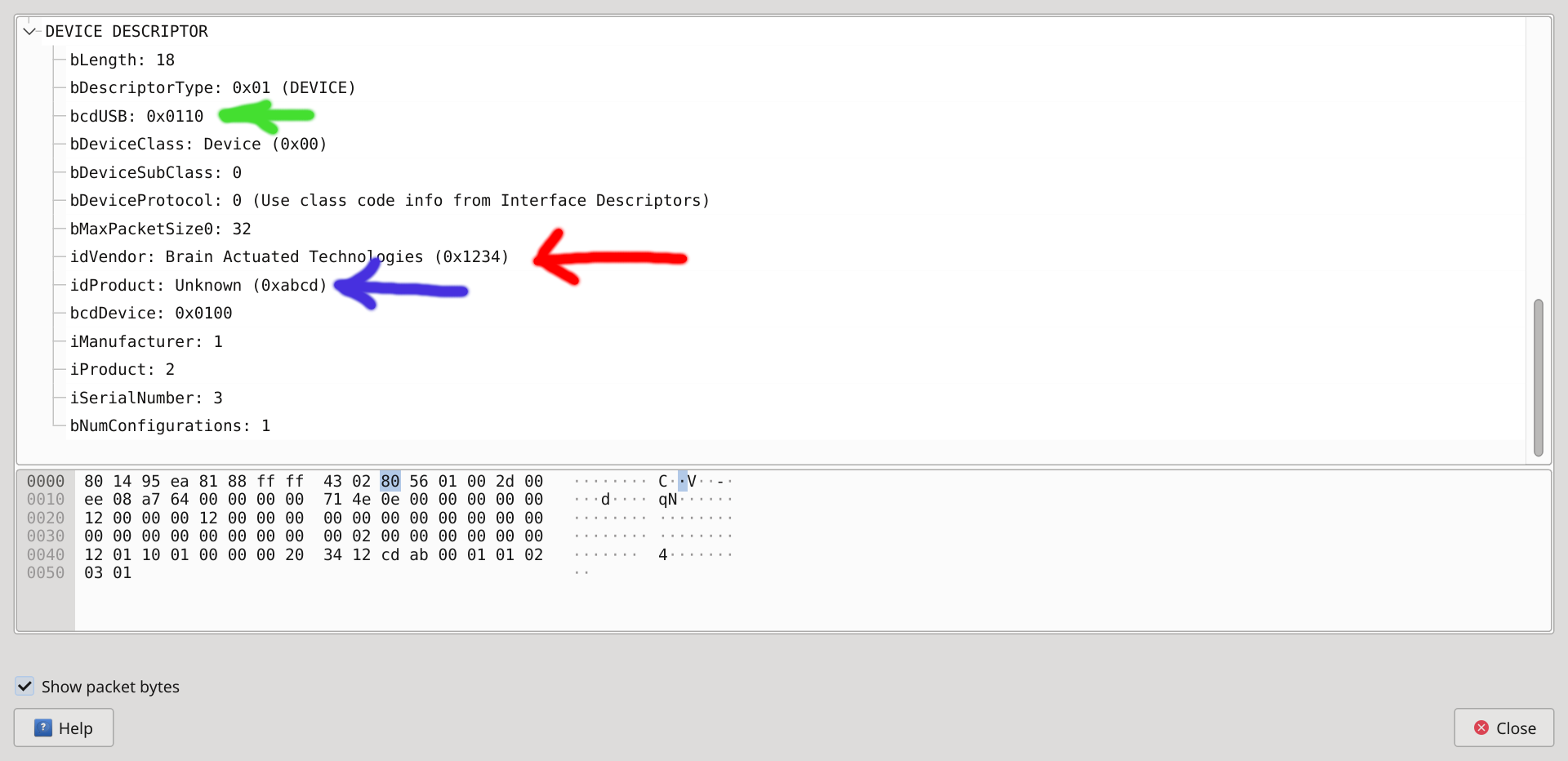
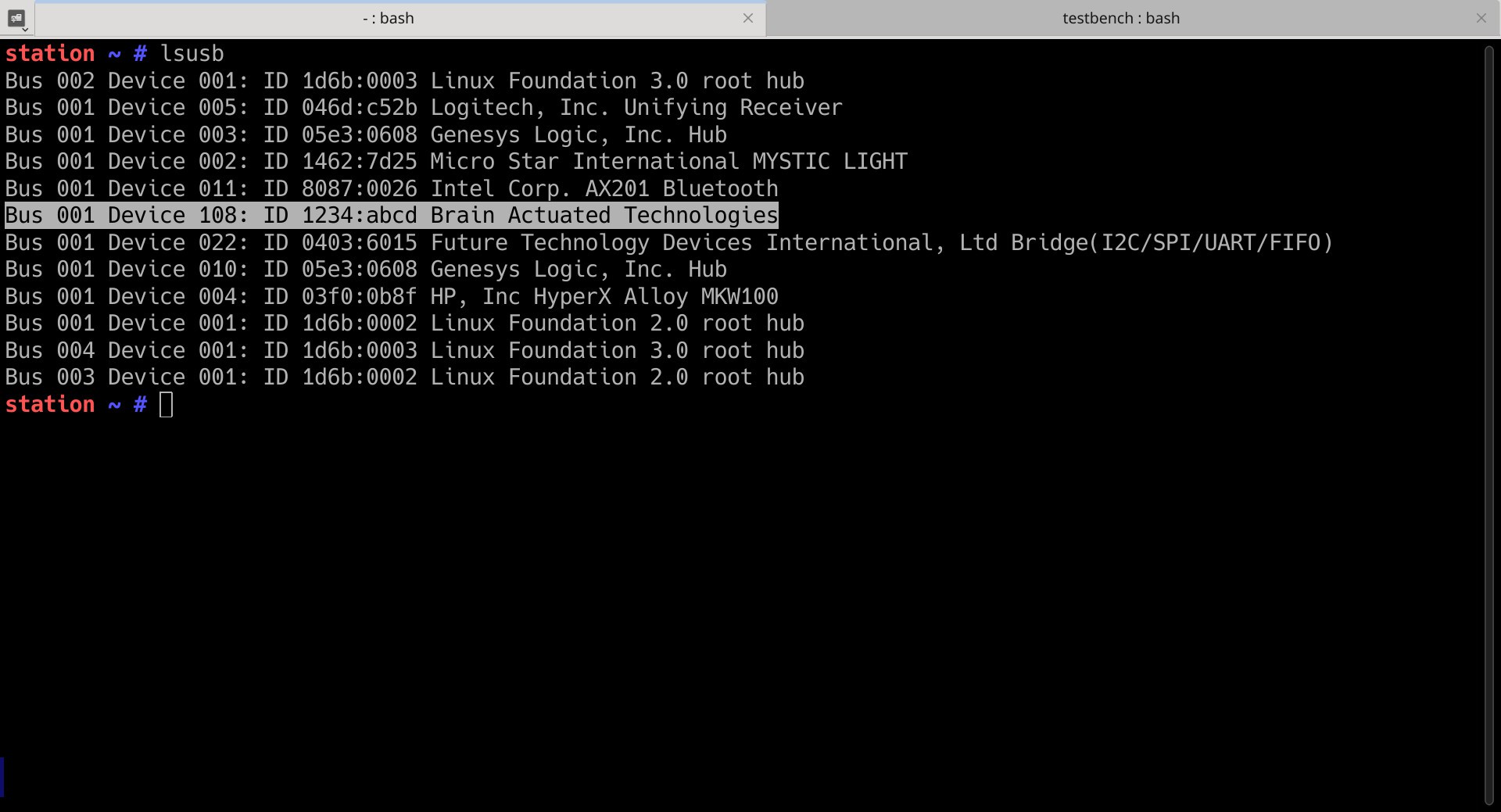
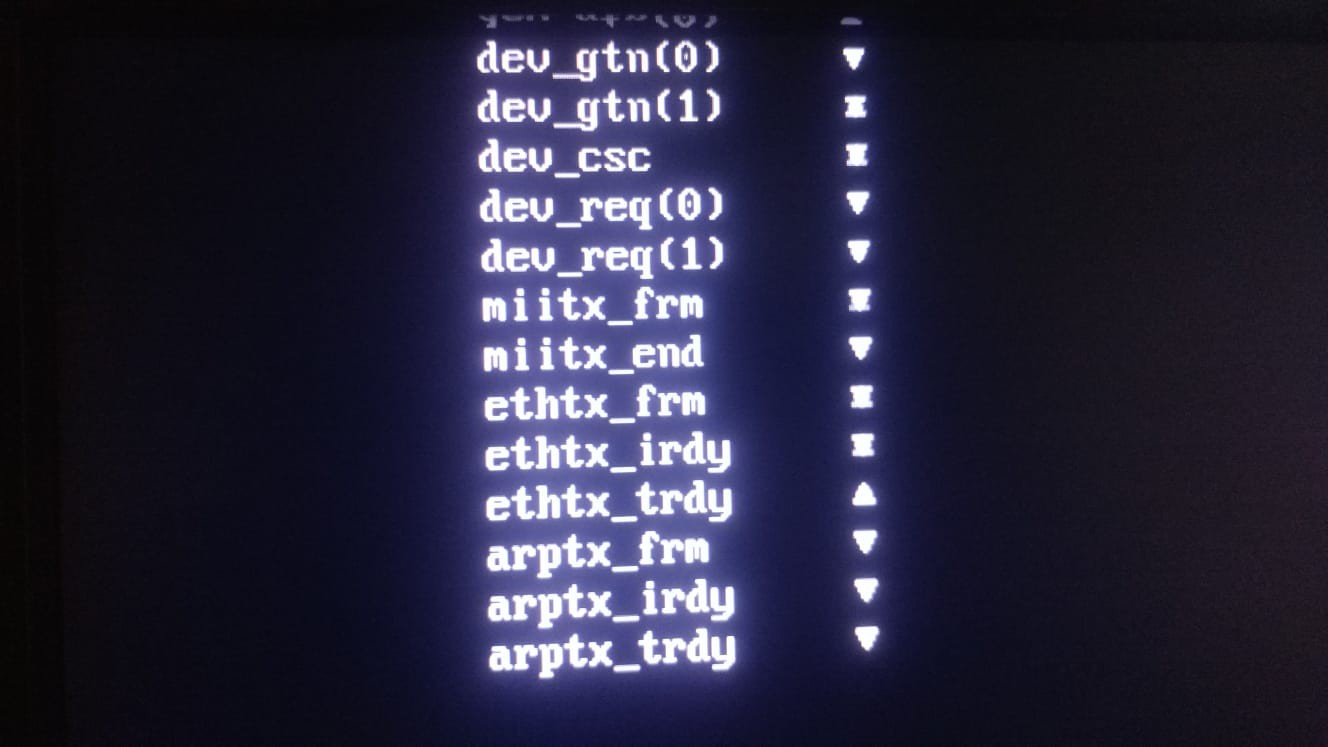
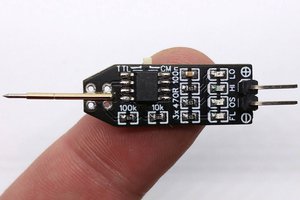
 Stefan Wagner
Stefan Wagner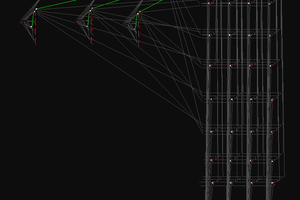
 3drobert
3drobert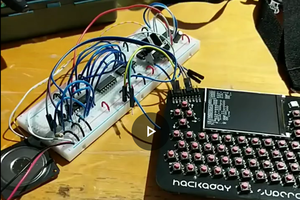
 Todd
Todd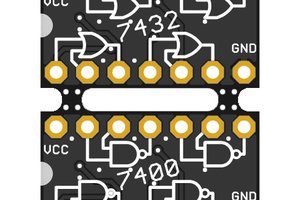
 JRodrigo
JRodrigo